Precious Primates: Images of Chimeric Monkeys
Roku and Hex
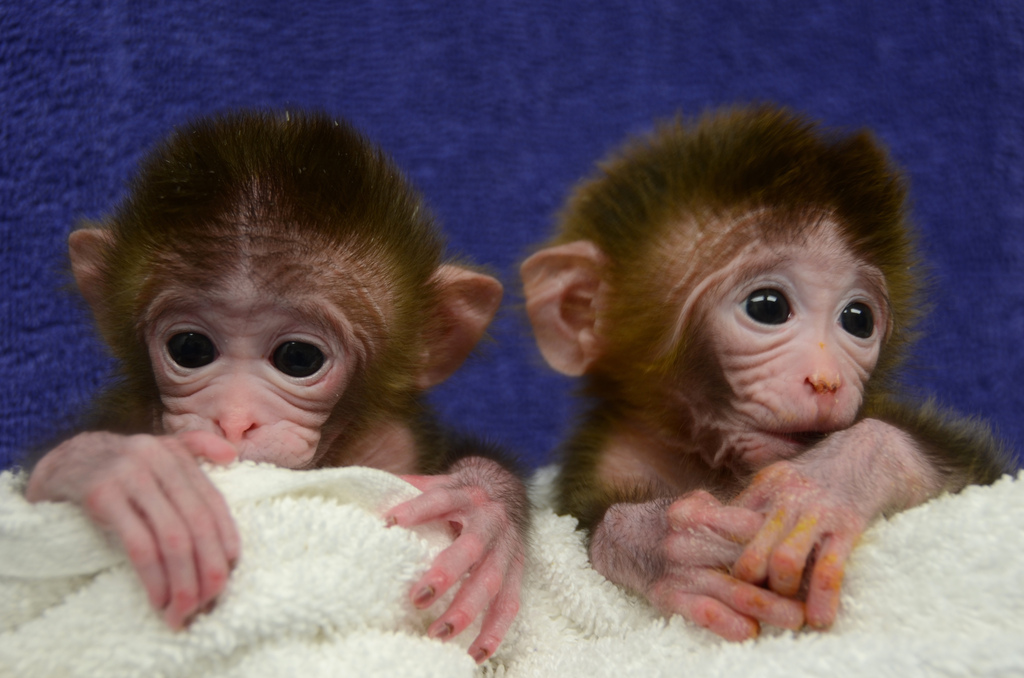
Roku and Hex, the world's first chimeric monkeys, contain a mixture of cells representing at least 6 different genomes.
Chimero
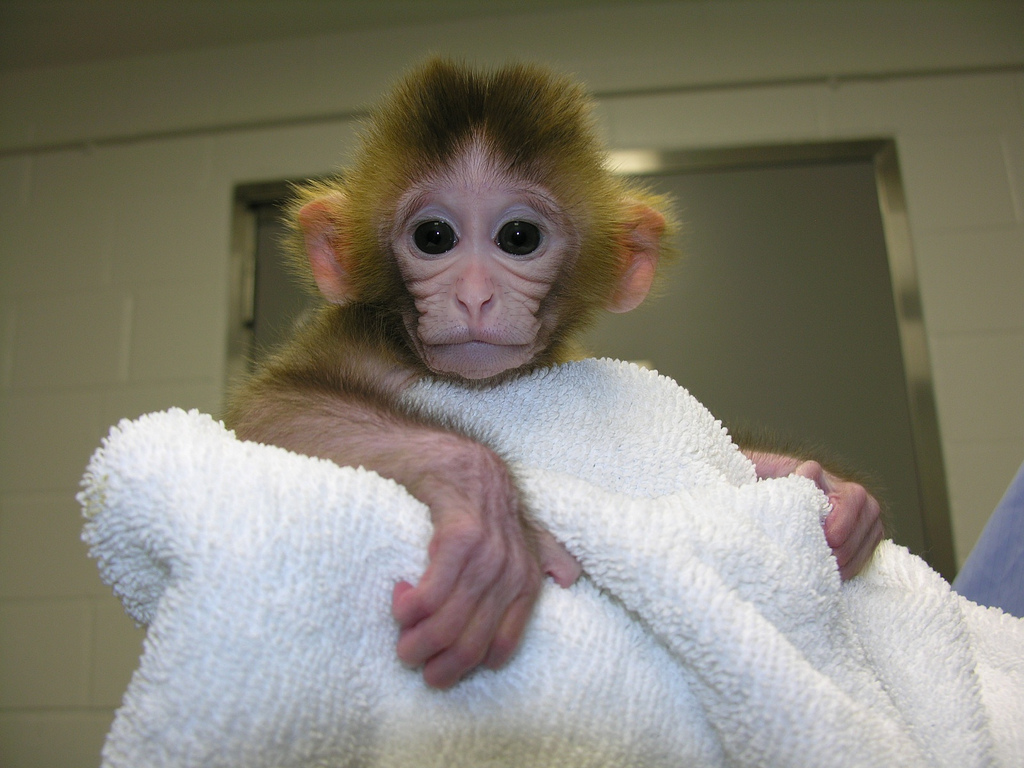
Chimero, a third chimeric monkey produced by scientists. The researchers combined cells from 6 different rhesus monkeys, male and female, into an embryo to implant into a surrogate mother monkey. The results are Hex, Roku and Chimero, now all about six months old and healthy.
Chimeric Blastocyst
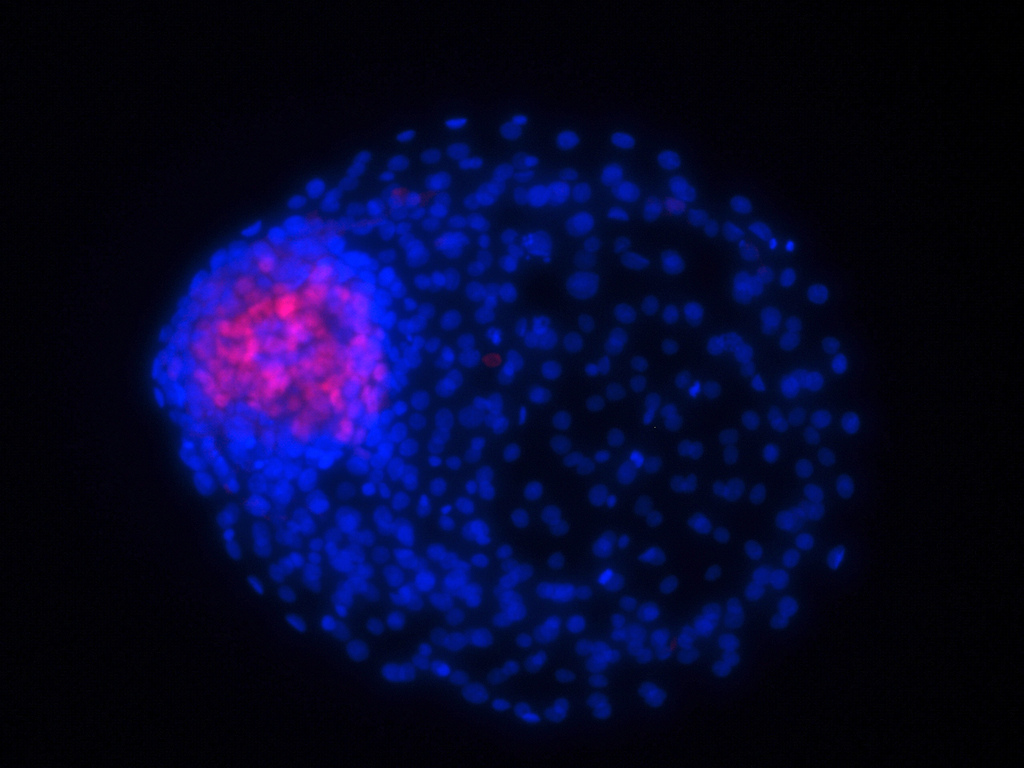
An example of a chimeric blastocyst formed from the cells of six different monkeys, rather than the traditional two (mom and dad).
Two of a Kind
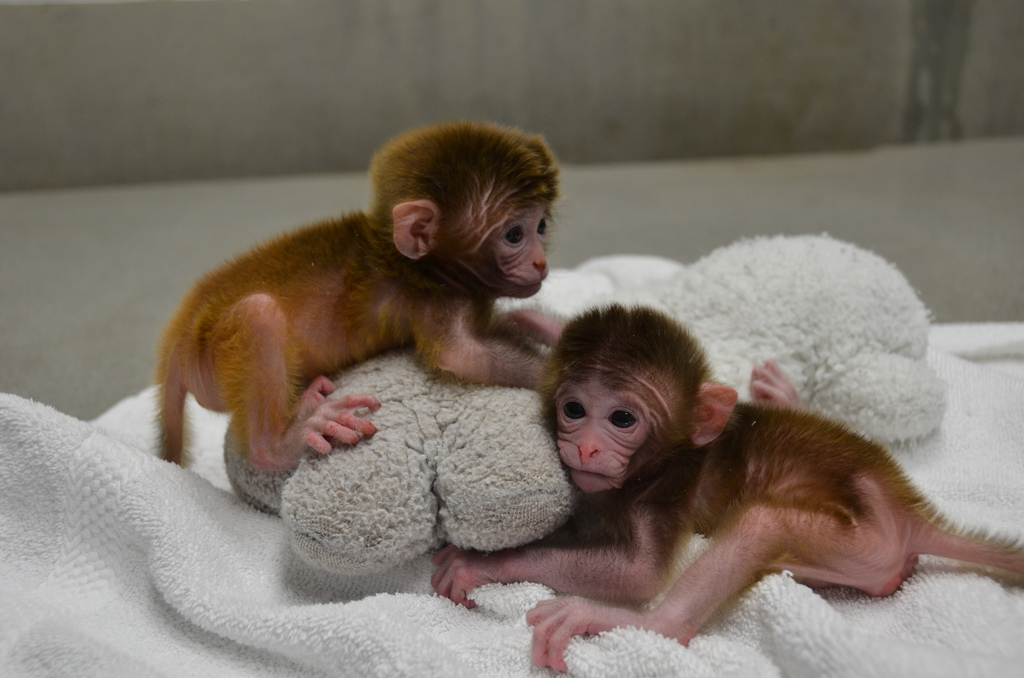
Roku and Hex cuddle a stuffed toy. The chimeric monkeys were born via c-section. Monkey mothers often reject their babies after a c-section, so a monkey foster mom is feeding and caring for the chimeras.
Baby Roku
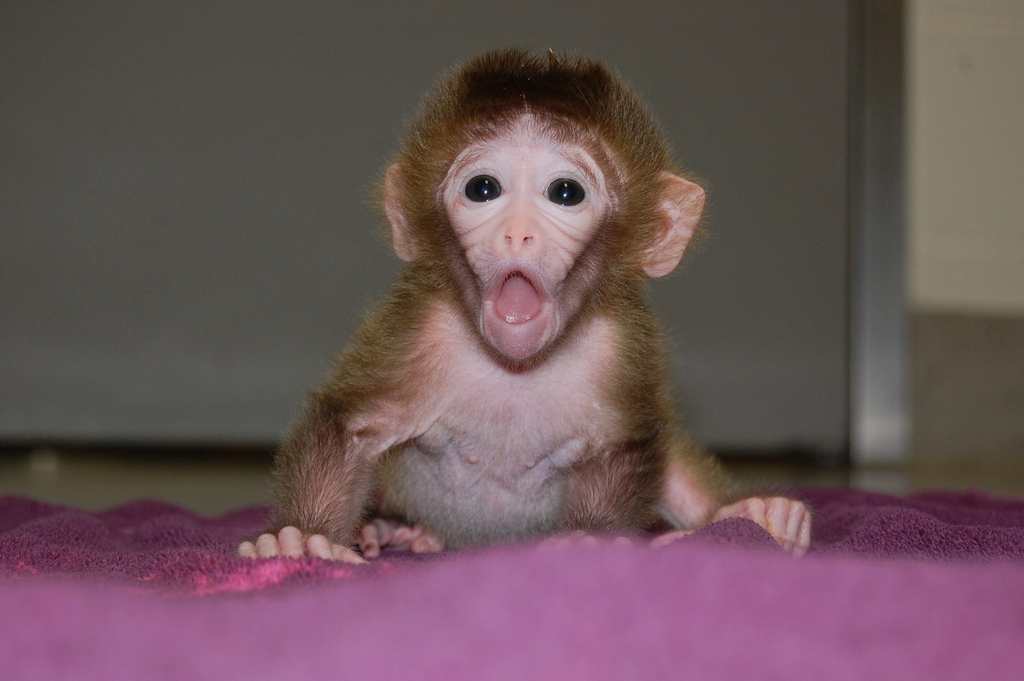
Baby Roku calls out during a photo shoot. The monkeys are an important step in stem cell research, according to scientists. Most stem cell work is done in mice, which respond differently than primates to embryonic manipulations.
Pair of Sixes
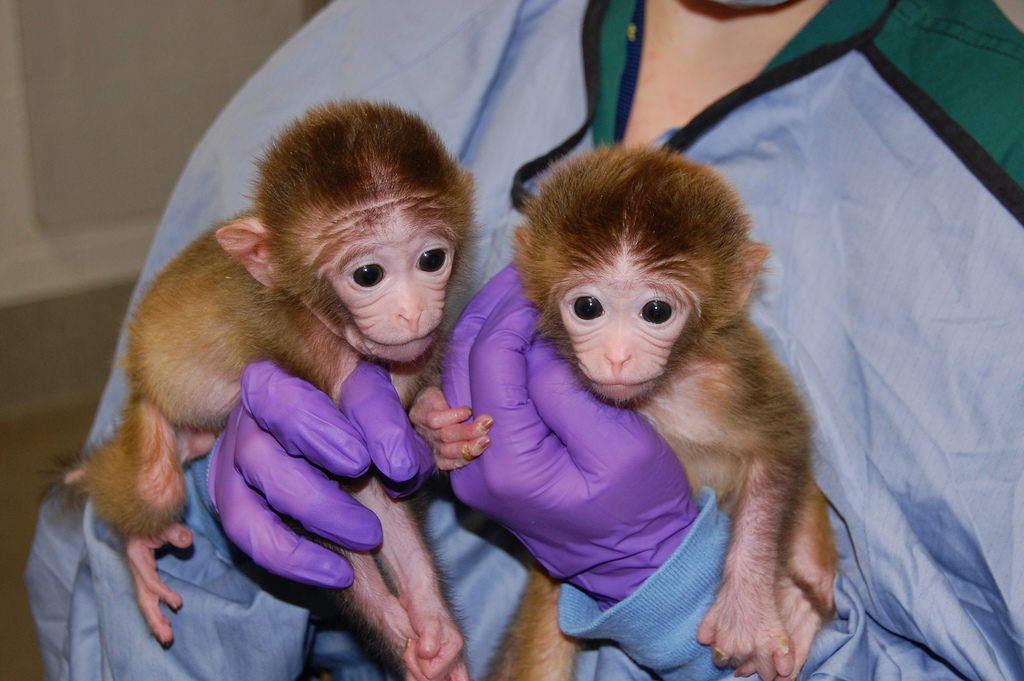
"Roku" means "six" in Japanese, and "Hex" is the Greek prefix meaning "six."
Hex Hangs On
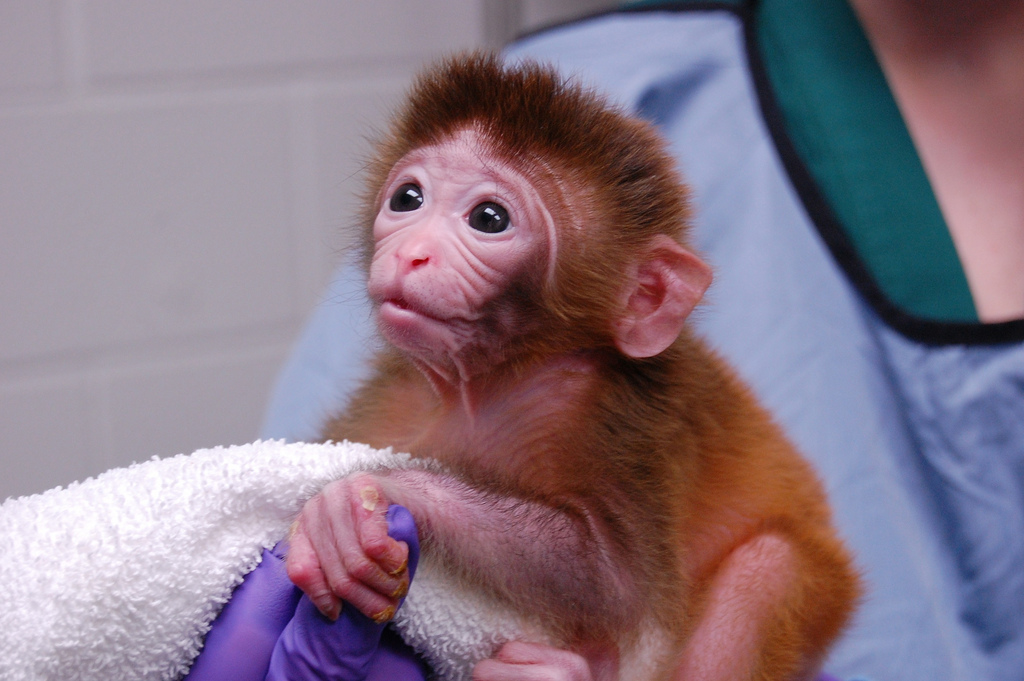
The monkeys' cells are a mixture of male or female, though externally each appears to be either male or female.
Sign up for the Live Science daily newsletter now
Get the world’s most fascinating discoveries delivered straight to your inbox.
Cuddly Monkey
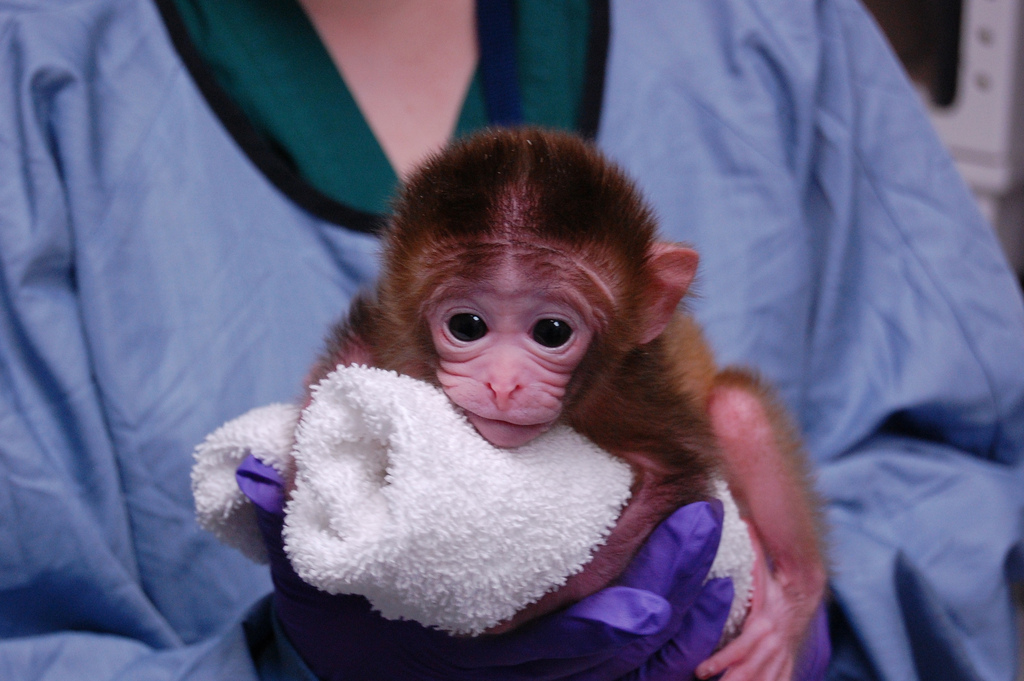
Roku gets cuddly. Rhesus monkeys take four to five years to mature sexually, so researchers won't know whether the chimeras can reproduce until then.
Hex & Roku
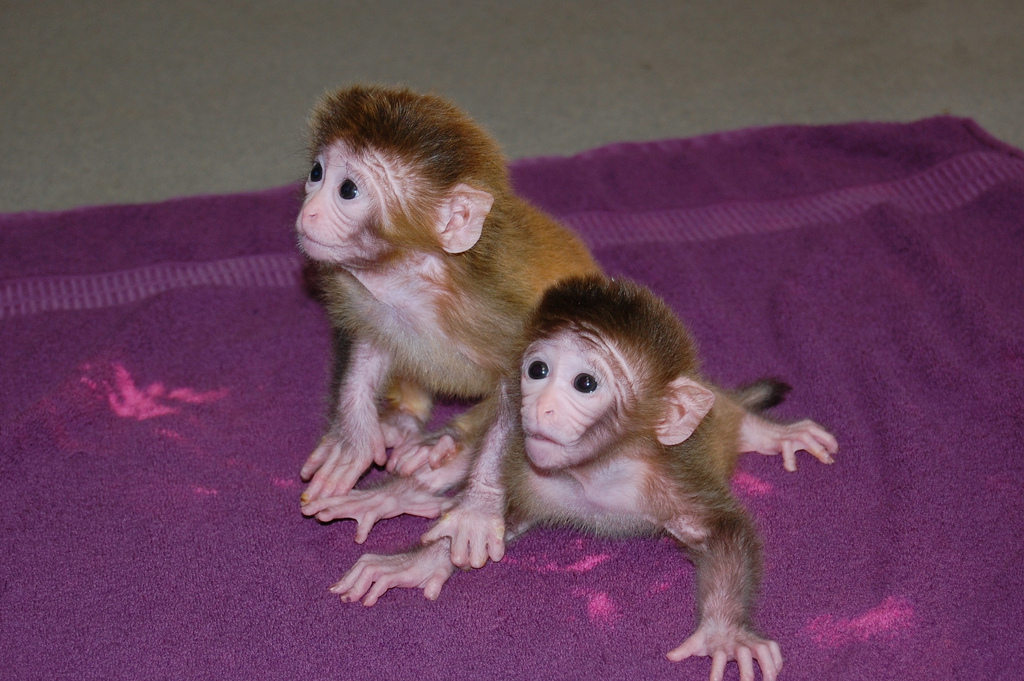
Researchers reported the birth of Chimera, Hex & Roku on Jan. 20 in the journal Cell.
Cute Chimero
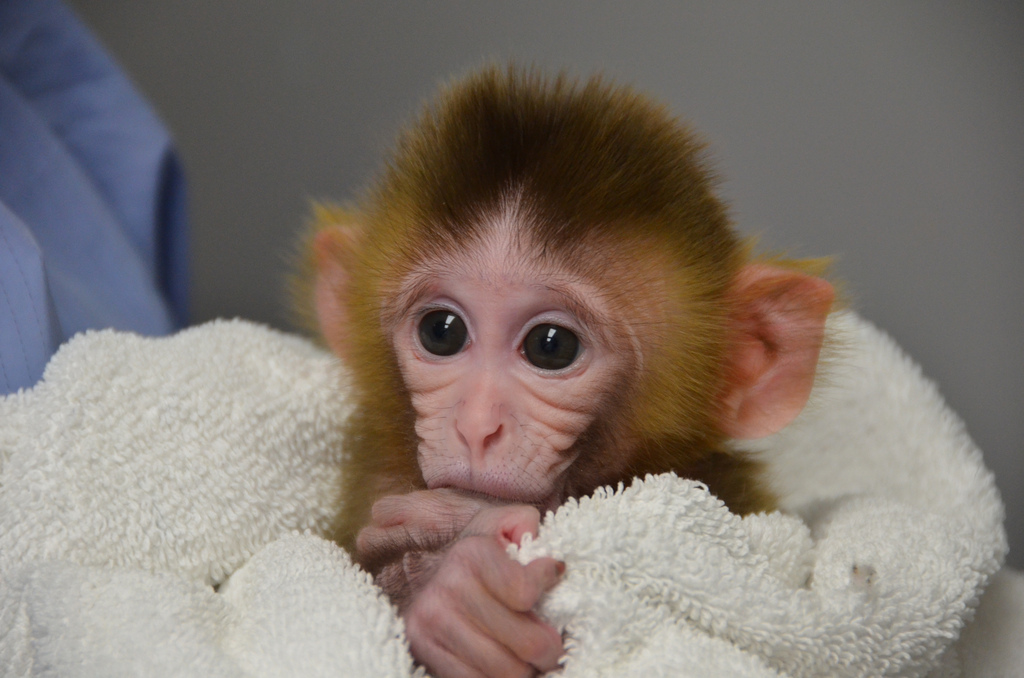
The monkeys, including Chimero, shown here, are now residing with their foster mom.











